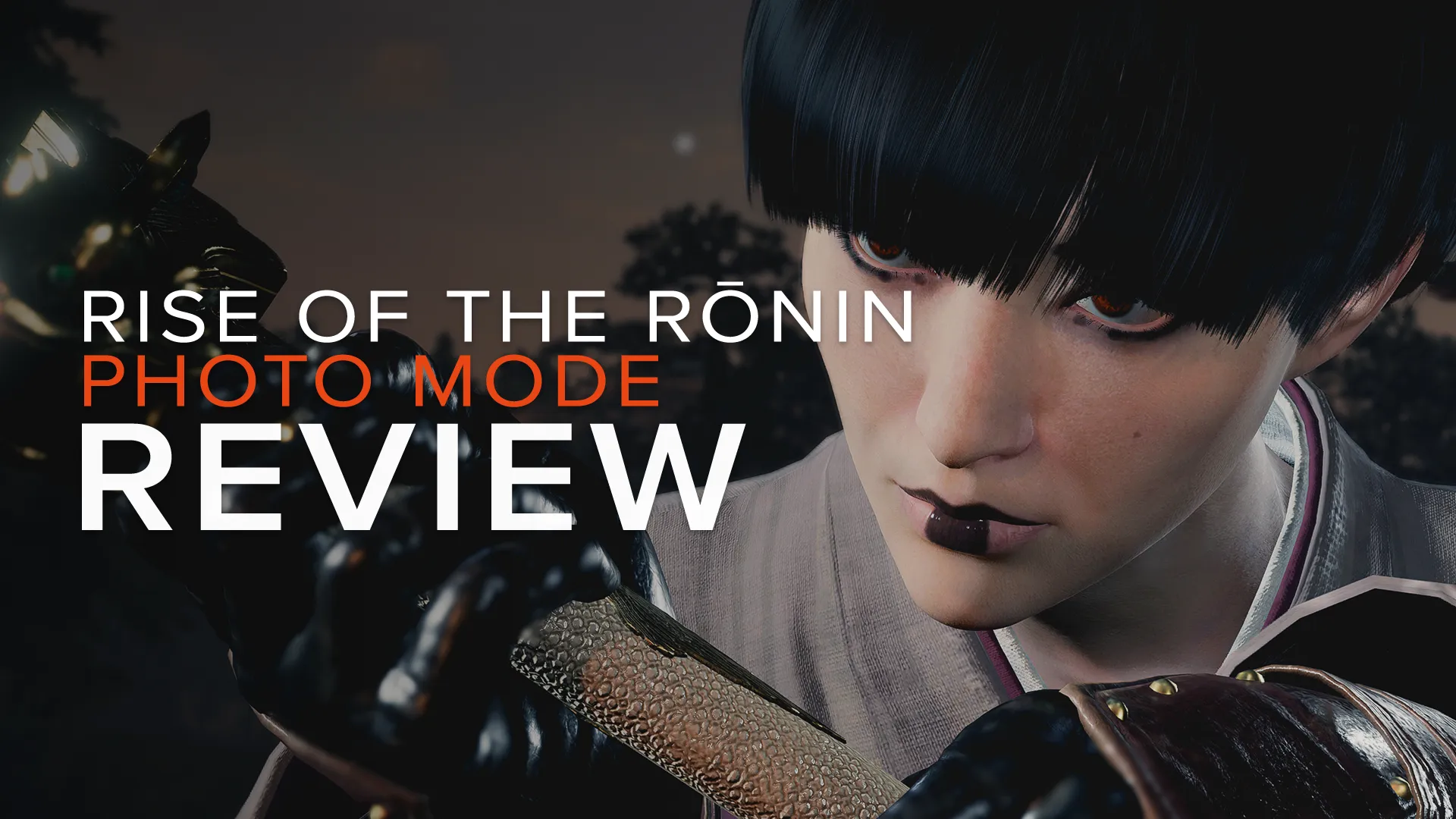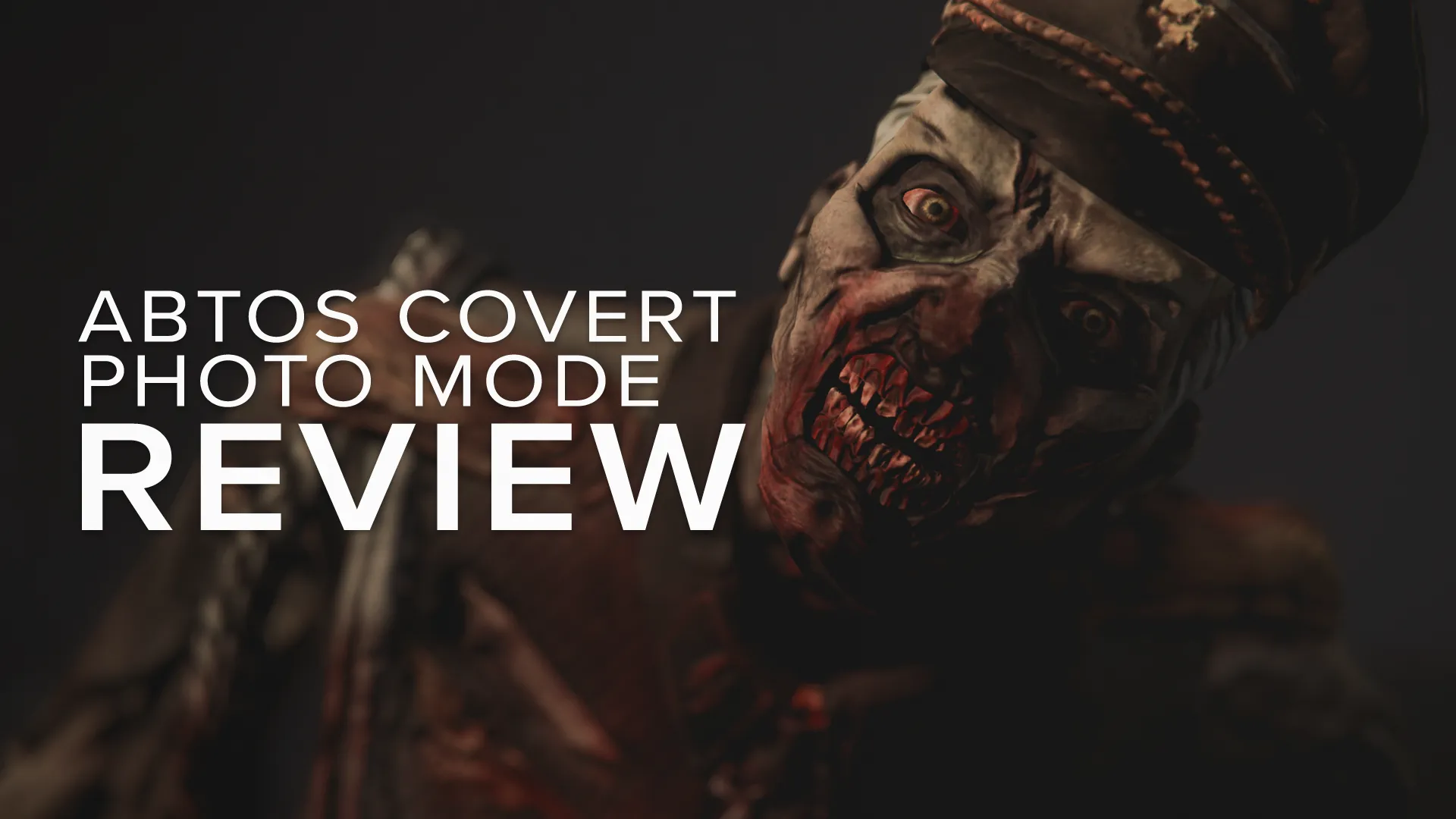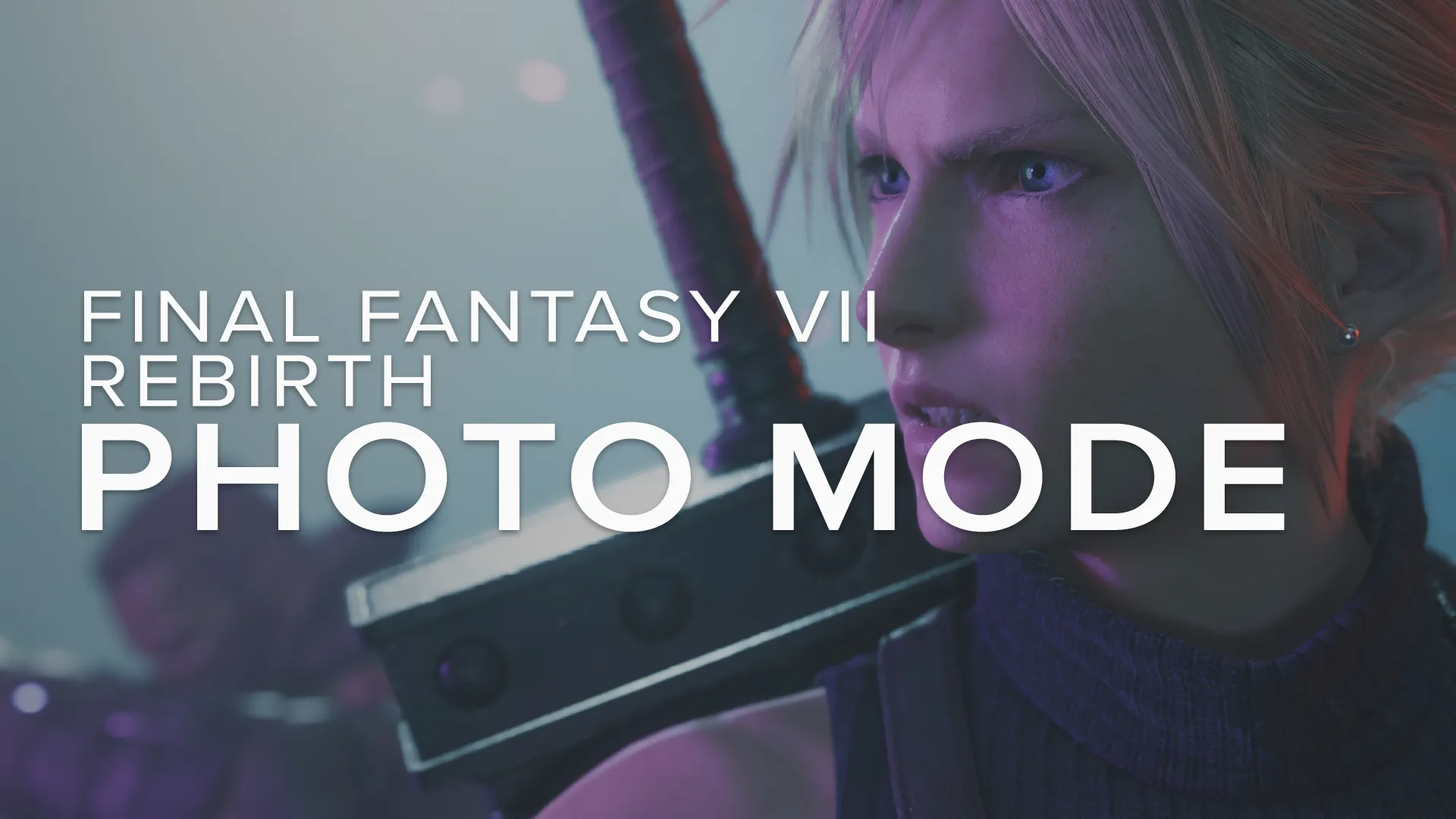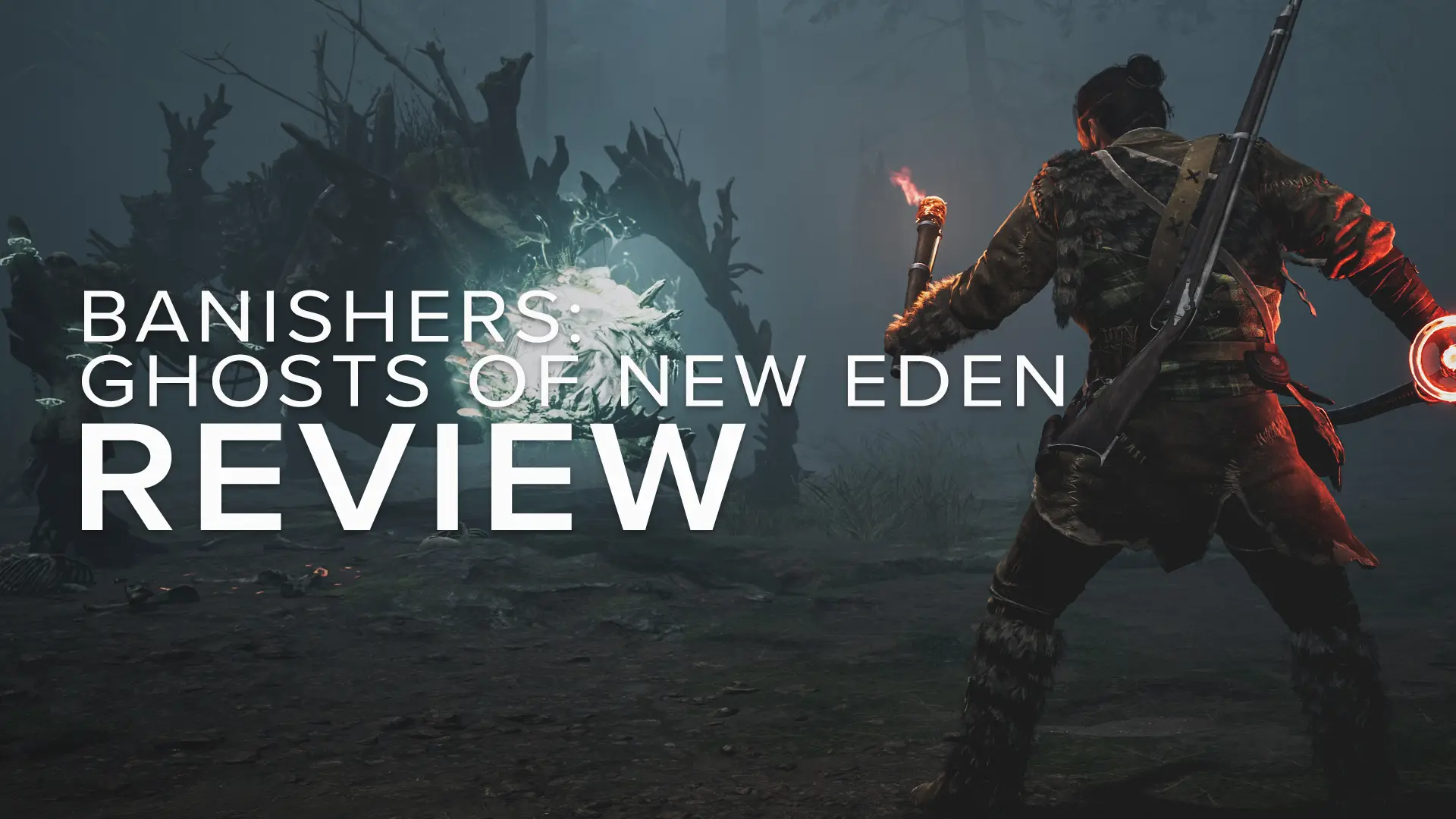
ℹ️ - Ghost of Tsushima Director's Cut
As a brand new property for Sucker Punch, last year's launch of Ghost of Tsushima was always going to be a big one for the Seattle-based studio, but the positive reception the game received may have exceeded even their most optimistic expectations. Not only did Jin's battle against both the Mongol invasion and his own Samurai traditions resonate with players and press while becoming PS4's best selling first party IP, but it even received recognition from the real island of Tsushima.
Citing how the game had "spread the name and history of Tsushima to the whole world in such a wonderful way", Mayor Hiroki Hitakatsu honoured creative leads Jason Connell and Nate Fox with the roles of permanent ambassadors of the island in an unprecedented moment that underlined just what the team at Sucker Punch had managed to pull off.

- GHOST OF TSUSHIMA // DIRECTOR'S CUT -
That didn't mean job done though and, through that same desire to get things just right that gave the base game its historical authenticity and feeling of grandeur, the studio have continually improved the package with a host of updates. Most notably these have included New Game+, improvements to the award winning photo mode, and the outstanding Legends multiplayer component. With the latter taking cues from the campaign and embellishing them with ghostly folk tales, attention now shifts to expanding on the original story with the title's first premium add-on in the form of the Ghost of Tsushima Director's Cut.
Something of a new concept in itself, this Director's Cut is not merely an alternate cinematic edit of the original. Available as a standalone release or via an upgrade for existing owners on PS4 and enhanced with 4K resolution at 60 fps on PS5, this new edition includes every piece of Tsushima content created to date and expands on it with a whole new and deeply personal chapter in Jin's tale. As you travel to the brand new island of Iki, the content subtly moves things up a notch with fresh locations to explore, more animals to pet, ominous new enemies, and secrets of the past to uncover.
Of course, everything that makes up the essence of Ghost of Tsushima is still present. The storybook visuals and the authentic depiction of Feudal Japan are arguably elevated by the even more vibrant island of Iki and a different perspective on the actions of the Samurai, while the lethality of a katana blade and efficacy of Ghost weapons are met with new challenges from a more mystical clan of Mongol warriors.
Almost like a step between the reality of the original story and the myths told by the Legends Storyteller, Iki plays host to a Mongol army led by a Shaman who will use mind-games and powerful hallucinogens to achieve their goal and control the population. Something that will lead Jin to learn more about himself and offers interesting new photo mode opportunities.

Key Photo Mode Features:
Time of day & weather control
Animated environments with particle effects
Programmable camera tracking shots
Controls and Implementation:
As part of the various updates to the game, Ghost of Tsushima's photo mode has received several tweaks and improvements over the last year, even checking off several of the things on my earlier Wish List, so it is fair to say that the Director's Cut includes the best version of Sucker Punch's camera tools so far.
With the studio's photo mode pedigree clear to see, the included features have benefited from just as much thought given to their usability as to their novelty. Not relegated to a pause menu, the photo mode here is always at hand with a single press on the D-pad, making it just as well integrated into the game as summoning your horse or restoring health.

No difficulty in composing any type of shot with freedom and precision...
Unchanged from the original version, camera movement allows users to point the lens in any direction while moving around the ~8.5 m bounding sphere using LS for lateral truck & dolly positioning, L2 / R2 for vertical craning, and RS for 360° horizontal pan and 180° vertical tilt. Technically the latter is still a fixed orbit camera, but the fact that it cleverly orbits its own (freely movable) location, rather than being indefinitely bound to the character, means that it is really only noticeable at close range and inputs are otherwise intuitive and unrestricting.
Along with a full 360° range of camera roll, surprisingly still found via the on-screen UI rather than on the unmapped L1 / R1, the Ghost of Tsushima photo mode presents no difficulty in composing any type of shot with freedom and precision. A greater camera bounding distance would admittedly be very welcome however.

- GHOST OF TSUSHIMA // CAMERA MOVEMENT -
The UI itself is as artistic as the rest of the game's presentation with a clean and modern overlay that delivers each feature in a vertically scrolling list. Visual depictions of each function help to create the appeal and speed up navigation, while also serving as useful reminders of the effect for less experienced or casual virtual photographers.
More frequent users meanwhile, will no doubt appreciate the ability to retain photo mode settings upon exiting, as long as you leave Jin in roughly the same location that is. Moving away from that spot will still see all settings return to their defaults, but re-enter the photo mode before you go and notice that settings such as the selected colour grading filter, lens selection, depth of field, and even the camera positioning are exactly as you left it. Not only is this perfect to ease the pain of accidentally exiting a composition, but it can be particularly useful for taking a series of shots in different poses.

- PHOTO MODE UI // GHOST OF TSUSHIMA -
As unobtrusive as the elegant UI may be, it is worth noting that a black gradient covers the lower part of the screen. This is there to aid menu readability, but can be a little misleading when setting the exposure. Handily, and just like in the studio's previous photo modes, each and every setting can be adjusted while the UI is hidden for a clear view that focuses on the resulting image; a feature that quite simply should be standard in every photo mode by now.
Something else of a Sucker Punch hallmark, the optical behaviour of the virtual camera is pleasingly authentic and makes it easy to apply that real photography look. Field of view settings include a versatile range of lens lengths from 12 - 300 mm to cover wide vistas and narrow crops with ease, while depth of field uses actual f/stop values to render an elegant defocus of both the foreground and background. In truth, the effect feels a little more pronounced than the real world equivalents but, with a range extending from the wide-open f/1.2 to f/69, there is no problem finding the required field depth.
A useful update this time around also makes it possible to jump straight to the wide aperture values at the low end of the scale without having to tediously scroll all the way down every time; it may not sound like much, but this is a great quality of life improvement and a Godsend for me personally.

- DEPTH OF FIELD // GHOST OF TSUSHIMA -
Perfectly complimenting the above, precise focus control is offered through both a simple auto-focus that locks onto Jin by pressing ☐, and manual adjustment across a large range that matches the camera's ability to get extremely close to the detailed character models with a minimum focus distance of just 10 cm. As always though, a good camera is of little use without light and, along with a capable Exposure Bias that can over or underexpose most scenes, Ghost of Tsushima has a couple of tricks up its sleeve to help illuminate a shot.
With extensive control over the game's dynamic time of day and 8 different weather conditions, Tsushima's environment can provide several distinct styles of lighting throughout the 24-hour cycle that drastically alter the look of an image. With or without cloud coverage, the sun will move across the sky, casting directional light and shadows before setting on the horizon to give way to a highly realistic, but unfortunately static, full moon that bathes the environment in blue light.
It certainly isn't as capable as the portable studio lighting setups that we are starting to see more of, but Ghost of Tsushima's feel like a more natural approach to lighting that is quite in-keeping with the content. Perhaps some of the most notable omissions are any form of vignette or imperfections such as chromatic aberration and film grain; something that I think is particularly missed and would be perfect for giving shots a more historic look to suit the game's theme.
There is some post-processing customisation on offer though, as a reasonably interesting assortment of colour grading filters create different moods, and a basic Contrast slider brightens whites and deepens black to add more drama. The collection of artistic overlay stamps has also been expanded, with several stylised character outlines joining the especially beautiful Kanji scripts that came with the Legends update, and the story-relevant Hallucination mode brings a distinct purple colour and optical distortion to the frame.

- SWORD GLINT // KANJI STAMP -
Unfortunately it is still not possible to activate, or indeed deactivate, the Chanbara cinema-inspired Kurosawa gameplay filter from within the photo mode, but one classic effect from Samurai movies that does feature is the glint of light across a warrior's sword; while this could be achieved organically in the original version of Ghost of Tsushima by getting the lighting angles right, a dedicated Sword Glint option makes it much easier to add shine to a drawn blade regardless of the direction of light.
Despite the superb levels of detail and growing list of ways to finesse the look, the main drawback when it comes to character shots still lies in a lack of emotion. The 14 available facial expressions are left feeling somewhat insincere as Jin stares straight ahead, vacantly at times, and given that his idle gaze does not follow the in-game camera either, it can be tricky to make him appear fully engaged with the surroundings when out of the action.

- I SEE YOU // JIN SAKAI -
Costume overlays of blood or mud can be applied to any suit of armour for some implied involvement, but I tend to find that the naturally occurring effects from gameplay give a more authentic look. It is however, worth noting that applying & removing either of these overlays will also clear any accumulated muck, making for a useful cleaning service of sorts and, if you want to go all in on the minimalist look, be sure to check out the option to hide the arrow quiver that can now be found in the main game settings.
Remember though, that Ghost of Tsushima is a photo mode about more than just character or combat shots. The islands of Tsushima and Iki are characters in themselves and this living photo mode embraces their dynamic beauty with environmental movement that can continue to play even after freezing the game. Everything from foliage, flags, hair, clothes, charms, fire, smoke and even prevailing weather move with real-time rendered animation to transform an otherwise static scene into something much more dynamic, either for moving captures or cleverly modified still images.
Much of the available movement comes as a result of the island's ever-present and historically significant wind, over which the photo mode gives users varied speed and 360° directional control to generate a light breeze, gale force conditions, or just to relax things for a moment of calm tranquillity. Should the existing screen content not be enough, a host of floating particle effects bring various types of leaves and flying creatures, plus a new addition from Iki's characteristic purple forests, that can each be included subtly or in excess!
Of course, all of the environmental details can be frozen in time by simply toggling the animation option so there is no need to worry about photobombing dragonflies or a last second leaf blocking your shot.

A hands-free moving shot that is ready to be recorded as video
Slightly perversely, one of the final features left to cover is actually the first thing you will see upon entering the photo mode. Entitled Tracking Shot, the first UI option allows up to 16 camera positions to be defined along with coupled settings like focus distance & DoF, and then autonomously moved through in an animated sequence. The result is a super-smooth and hands-free moving shot that is ready to be recorded as video, with or without the aforementioned environmental animations. For added cinematic effect, 21:9 and 32:9 crops are available and any of the 9 soundtracks from the game's original score can be included as a musical accompaniment.
A presentation that shows pure artistry in every element of the content...
Photographic Opportunities:
Although it may not appeal to everyone, there is no denying that Sucker Punch's decision to give this photo mode a strong emphasis on movement is an interesting one that opens up convenient new capture art avenues. It is not quite full-on machinima, given that character animations remain frozen, but the moving environment and automated panning shots provide everything needed to inspire some fascinating cinematic productions while masterfully recognising the significance of the kami-no-kaze, or "Wind of the Gods".
Whether animated or not, Tsushima provides one of the most photogenic settings in gaming, thanks to its arrestingly beautiful landscapes draped across undulating terrain, and more of the same probably doesn't seem like a bad idea. The Director's Cut doubles down on that with a whole new island and, although it is true that Iki is not transformative and remains recognisably part of the same game as it should do, there is more here than just a reskin.
In a way, it feels a little like a holiday to somewhere new. Where fields of vibrant wildflowers and distinctive purple forests deliver wow moments all of their own, and the wider selection of engaging animals take the cuteness up a level as wild cats are drawn in by flute music and troops of monkeys can be found relaxing at the onsen baths. This is no doubt helped further on PS5 where the game is now rendered in 4K for even crisper visuals, and the already rapid fast-travel can now capably transport the player to any chosen beauty spot in a little over 1 second.

Where Jin is concerned, new armour sets and accessories, as well as an additional dye merchant with a deep affinity for red fabric, ensure that The Ghost is again impeccably dressed, while the friendly local inhabitants hold up to the high quality standards that we have come to expect from the game, and of course the same goes for the hostiles on Iki too.
It is still never long before another wandering patrol or stronghold presents the chance to draw your blade and enjoy some cinema-inspired combat. Whether head-to-head duals or outnumbered battles, the opportunities to capture the elegance of a katana or the shock of Mongolian alchemy are plentiful.
Let's not forget also, that the non-reality embracing Legends multiplayer mode is equipped with the same camera tools when playing solo missions or with like-minded partners. The 4 distinct character classes here bring new looks to combat, and the supernatural folklore completely changes the mood and context of the game in a way that makes it a whole other well of inspiration.

Subscribe to the fortnightly newsletter for all the latest features from TheFourthFocus.com
Verdict:
As one of the most visually and thematically appealing games on PS4 with a photo mode to match, Ghost of Tsushima established itself amongst the most popular titles for virtual photography. In the Director's Cut, we see the best versions of both the game and its camera tools with brand new content giving anyone who enjoyed the original island a reason to return, while numerous refinements and enhanced visuals on PS5 make it more attractive than ever to those who have yet to visit.
As with the original, Ghost of Tsushima Director's Cut blends a photo mode that has well executed essentials and innovative features with a presentation that shows pure artistry in every element of the content. An ideal place for virtual photographers that just got better, this growing virtual world can hardly fail to inspire.
Full Feature Set:
Photo Mode Access: D-pad Right
Camera Control
Camera Movement: Freely movable orbit
Orbit Horizontal (Pan): 360°
Orbit Vertical (Tilt): 180°
Roll: ± 180°
Menu UI
Select Ghost: Legends Mode only
Tracking Shot: New Camera Position (Max 16)
Focal Length: 12 - 300 mm (± 1)
Roll: -180 to +180 (± 1)
Depth of Field: f/1.2 - f/69 & Off
Focus Distance: 0.1 - 200 m (± 0.1 at <10; ± 1 at 10-200)
Colour Grading Filter: None + 10 Presets
Colour Grading Intensity: 0 - 100% (± 1 approx.) Exposure Bias: -5.0 to +5.0 (± 0.1)
Contrast (black / white): 1.0 - 3.0 ± 0.1
Particles: None + 14 Presets
Particle Intensity: 0 - 100% (± 3 approx.)
Wind Speed: 0 - 44 (± 1)
Wind Direction: 0 - 359° (± 1)
Clouds: -5,000 to +5,000 (± 1)
Time of Day: HH:MM:SS (± approx.) - [not available in Legends]
Weather: Current + 8 Presets
Animated Environment: On / Off
Jin / Ghost: None / Hide / Muddy / Bloody
Jin Emotion: Current + 14 Presets - [not available in Legends]
Helmet / Mask: Show / Hide - [not available in Legends]
Sword Glint: 0.0 - 15.0 (± 0.2 approx.)
Aspect Ratio: Standard (16:9) / 21:9 / 32:9
Stamp: None + 28 Presets
Music: None + 9 Presets
Hallucination: On / Off
Game Menu Settings
Photo Mode: On / Off
Photo Mode (Archery): On / Off
Hide Bow & Quiver: On / Off
Kurosawa Mode: On / Off
Contrast: Normal / Dramatic








